In the short-term, traditional laser radar products are difficult to get rid of the high cost constraints, so that the solid-state laser radar and millimeter-wave radar with more obvious price advantages can not only complement each other in performance, but also greatly reduce the cost of use, which may be Provide a new option for driverless development.
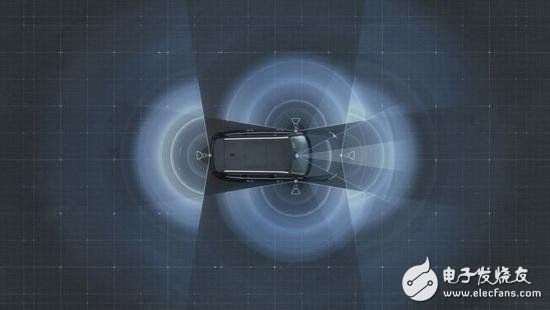
Last week, Tesla released the latest news that all current production models (including the upcoming Model 3) will be equipped with Autopilot 2.0 hardware, and the new autopilot system can achieve the highest level of automatic driving (Level 5).
In this hardware, in addition to 8 cameras and 12 new ultrasonic sensors, a forward-detecting radar caught the attention of Magnesium. According to research, the detection radar used on Tesla is a millimeter wave radar, not the laser mine used in other mainstream unmanned R&D. So the question is: Is the millimeter wave radar capable of working for the laser radar and becoming a lower cost solution for unmanned driving?
The difference in accuracy makes the millimeter wave radar performance less than that of the laser radar
The most difficult technical difficulty for driverless technology to get on the road is how the car can know the complex traffic conditions in reality, so radar devices must be used. At this stage, the mainstream unmanned R&D technology has chosen Lidar, and Musk, who has always been "out of the ordinary", chose to use millimeter-wave radar. So, what is the difference between the two types of radar technology?
Lidar is more accurate but expensive

Lidar mainly detects the position and velocity of a target by emitting a laser beam. In-vehicle lidars generally use multiple laser emitters and receivers to create a three-dimensional point cloud map for real-time environmental awareness. From the current on-board laser radar, mechanical multi-line laser radar is the mainstream solution.
The advantage of Lidar is that it has a wider detection range and higher detection accuracy. However, the shortcomings of Lidar are also obvious: poor performance in extreme weather such as rain, snow and fog; the amount of data collected is too large; very expensive.
At present, the 64-bit laser radar on Baidu and Google's driverless car body is priced at 700,000 yuan. The more the laser transmitter harnesses, the more cloud points are collected per second and the better the detection performance. However, the more harnesses represent the cost of the laser radar, the more expensive the laser beam of the 64-beam bundle is 10 times that of the 16-beam bundle.
Millimeter wave radar is subject to wavelength and has poor detection
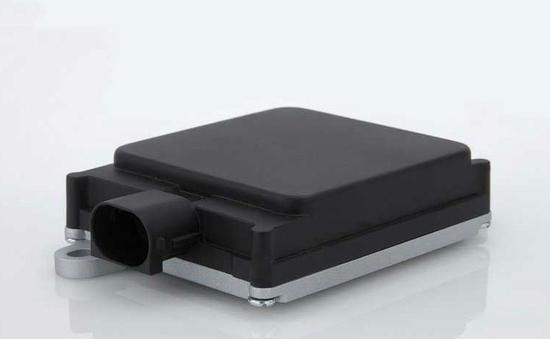
As the core sensor type that is indispensable to ADAS, millimeter wave radar has been used in high-end cars since the last century, and the technology is relatively mature. The wavelength of the millimeter wave is between the centimeter wave and the light wave, so the millimeter wave has the advantages of microwave guidance and photoelectric guidance, and the guide head has the characteristics of small volume, light weight and high spatial resolution. In addition, the millimeter wave seeker has a strong ability to penetrate fog, smoke, and dust, which is a big advantage over laser radar.
The shortcomings of millimeter-wave radar are also very intuitive. The detection range is directly constrained by the band loss (high-band radar must be used to detect the far-reaching), and pedestrians cannot be sensed, and all obstacles around can not be accurately modeled. .
Benefiting from the relatively mature technology, the millimeter wave radar can only be regarded as the price of the laser radar in terms of unit price. The price of the single unit is about 100 US dollars. And the market demand for vehicle-mounted millimeter-wave radar is relatively more, and the scale benefits brought about by it are expected to further lower the cost.
Solid-state lidar combined with millimeter-wave radar may be a good choice
At present, in the unmanned field, mainstream sensors for ambient sensing include laser radar, millimeter wave radar, and visual sensors. As the carrier of the visual sensor, the camera has become one of the core hardware of the driverless car, which can be said to be indispensable, and the radar device is the love of the turnip green vegetables.
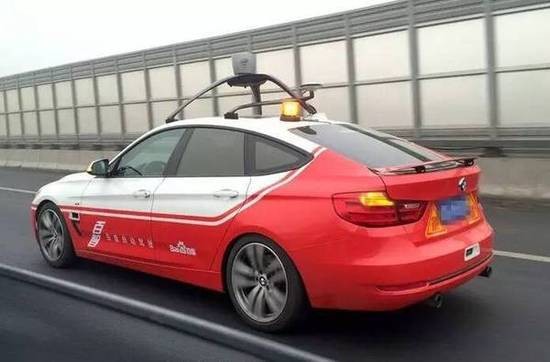
In addition to the aforementioned Baidu and Google, the traditional car manufacturers such as Ford and Audi also chose the laser radar instead of the millimeter wave radar selected by Tesla. It is worth noting that the type of laser radar selected by traditional car manufacturers is a hybrid solid-state laser radar.
Compared with the traditional 360-degree mechanical rotating laser radar, the solid-state laser radar uses a scheme based on electronic components for reading and writing data, and removes mechanical rotating parts. As a result, the cost can be significantly reduced to around $200, and the reduced size can be integrated into the look of a traditional car with guaranteed performance.
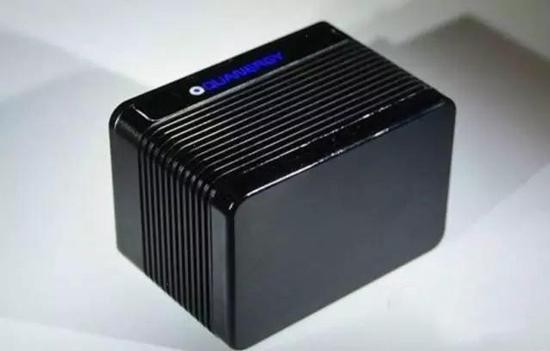
So what kind of structure is hybrid solid-state radar? Although the rotation mechanism of the conventional lidar is not apparent from the appearance, in order to 360 full-view, there are actually some mechanical rotating parts inside. It's just that this set of mechanical rotating parts is very compact and hidden inside the fuselage. Therefore, in order to distinguish it from solid-state laser radar, it is named hybrid solid-state laser radar.
Currently, lidar start-up company Velodyne and Germany's Ibeo Lidar have related hybrid solid-state laser radar products. At present, the price of hybrid solid-state laser radar developed by Velodyne is still as high as $7,999, but Ford claims that the post-production price will be controlled at around $500.
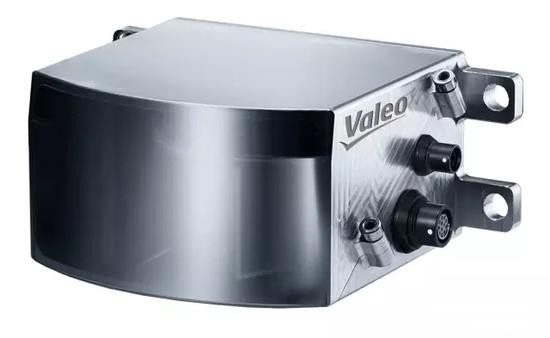
However, solid-state lidars still cannot solve the drawbacks of being unable to perform in extreme climates. Therefore, combining the millimeter-wave radars that work around the clock will inevitably greatly improve the detection performance of driverless cars. By the way, you can get rid of the traditional laser radar, such as the whole family barrel, and stand on the roof to affect the appearance.
Domestic millimeter wave radar technology is relatively mature, and there are still vacancies in the field of laser radar.
Most of the core technologies of lidar are still in foreign companies, such as Silicon Valley startup Velodyne, Germany's Ibeo, and Quanergy, which developed the world's first solid-state laser radar.
At present, there are about 10 companies doing laser radar in China, but most of the application areas are air pollution detection and 3D mapping, focusing on the development of automotive laser radar, mainly including escort industry, radium intelligence and thinking technology. Three. Due to the limited technical strength, the domestic laser radar companies in the unmanned field generally lack the right to speak, which also makes the domestic unmanned application development and industrial ecology face many challenges.

The millimeter wave radar has benefited from the rapid development of ADAS. Although the foreign component giants did not let go of the control system of the core technology of the millimeter wave radar core technology, the domestic R&D enterprises have successfully broken through the core technology in recent years. The product is also just around the corner. At present, some of the enterprises represented by Huayu Automobile in China are already accumulating in the 24Ghz radar research and development, and the products are about to come out. The 77GHz millimeter-wave radar developed by Beijing Xingdao Road has been successfully installed in the North Auto driverless car.
Conclusion
It can be seen that the traditional laser radar products are difficult to get rid of the high cost constraints in the short term, so that the solid-state laser radar and the millimeter-wave radar with more obvious price advantages can not only complement each other in performance, but also greatly reduce the use cost. One may offer a new option for driverless development.
KNLE2-63 Residual Current Circuit Breaker With Over Load Protection
KNLE2-63 TWO FUNCTION : MCB AND RCCB FUNCTIONS
leakage breaker is suitable for the leakage protection of the line of AC 50/60Hz, rated voltage single phase 240V, rated current up to 63A. When there is human electricity shock or if the leakage current of the line exceeds the prescribed value, it will automatically cut off the power within 0.1s to protect human safety and prevent the accident due to the current leakage.
leakage breaker can protect against overload and short-circuit. It can be used to protect the line from being overloaded and short-circuited as wellas infrequent changeover of the line in normal situation. It complies with standard of IEC/EN61009-1 and GB16917.1.
KNLE2-63 Residual Current Circuit Breaker,Residual Current Circuit Breaker with Over Load Protection 1p,Residual Current Circuit Breaker with Over Load Protection 2p
Wenzhou Korlen Electric Appliances Co., Ltd. , https://www.zjmotorstarter.com